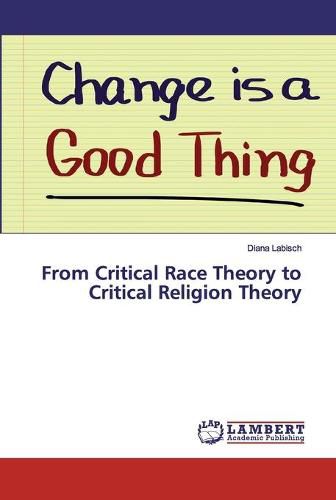Readings Newsletter
Become a Readings Member to make your shopping experience even easier.
Sign in or sign up for free!
You’re not far away from qualifying for FREE standard shipping within Australia
You’ve qualified for FREE standard shipping within Australia
The cart is loading…






This title is printed to order. This book may have been self-published. If so, we cannot guarantee the quality of the content. In the main most books will have gone through the editing process however some may not. We therefore suggest that you be aware of this before ordering this book. If in doubt check either the author or publisher’s details as we are unable to accept any returns unless they are faulty. Please contact us if you have any questions.
In order to properly respond to newly-emerging glocal dynamics, it is crucial to understand the shifts in racisms from black versus white to East versus West. Concepts need to consider different dynamics and embrace issues related to gender, sexuality, skin color, habitus, social, financial, and cultural capital, as well as educational achievement (gaps) on an interdisciplinary level. Racisms cannot be limited to conflicts between immigrants and non-immigrants; racisms also occur among homogeneous groups. The complexity of reuniting and integrating various immigrant, non-immigrant, (Middle) Eastern and Western identities and their (intercultural) belonging is critical because of the various circumstances and settings that need to be considered. Finally, however, local and global communities will benefit from better-adjusted and well-integrated immigrant families and students. The better societies and politics educate, integrate, and value non-locals, the more societies will benefit culturally, socially, politically, and economically from glocal populations. The newly-introduced PIC SAM guidelines provide a roadmap for glocal contexts.
$9.00 standard shipping within Australia
FREE standard shipping within Australia for orders over $100.00
Express & International shipping calculated at checkout
This title is printed to order. This book may have been self-published. If so, we cannot guarantee the quality of the content. In the main most books will have gone through the editing process however some may not. We therefore suggest that you be aware of this before ordering this book. If in doubt check either the author or publisher’s details as we are unable to accept any returns unless they are faulty. Please contact us if you have any questions.
In order to properly respond to newly-emerging glocal dynamics, it is crucial to understand the shifts in racisms from black versus white to East versus West. Concepts need to consider different dynamics and embrace issues related to gender, sexuality, skin color, habitus, social, financial, and cultural capital, as well as educational achievement (gaps) on an interdisciplinary level. Racisms cannot be limited to conflicts between immigrants and non-immigrants; racisms also occur among homogeneous groups. The complexity of reuniting and integrating various immigrant, non-immigrant, (Middle) Eastern and Western identities and their (intercultural) belonging is critical because of the various circumstances and settings that need to be considered. Finally, however, local and global communities will benefit from better-adjusted and well-integrated immigrant families and students. The better societies and politics educate, integrate, and value non-locals, the more societies will benefit culturally, socially, politically, and economically from glocal populations. The newly-introduced PIC SAM guidelines provide a roadmap for glocal contexts.